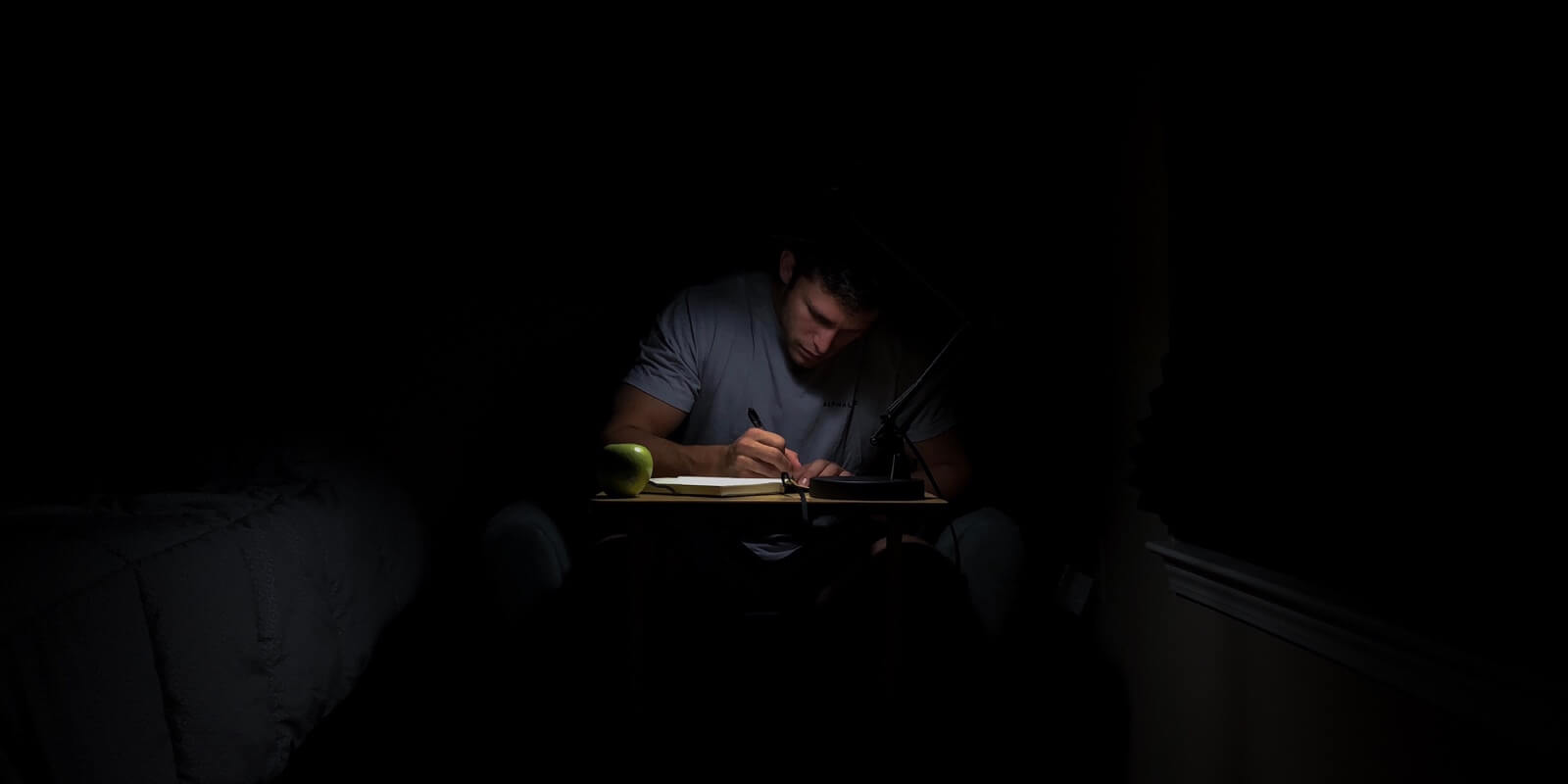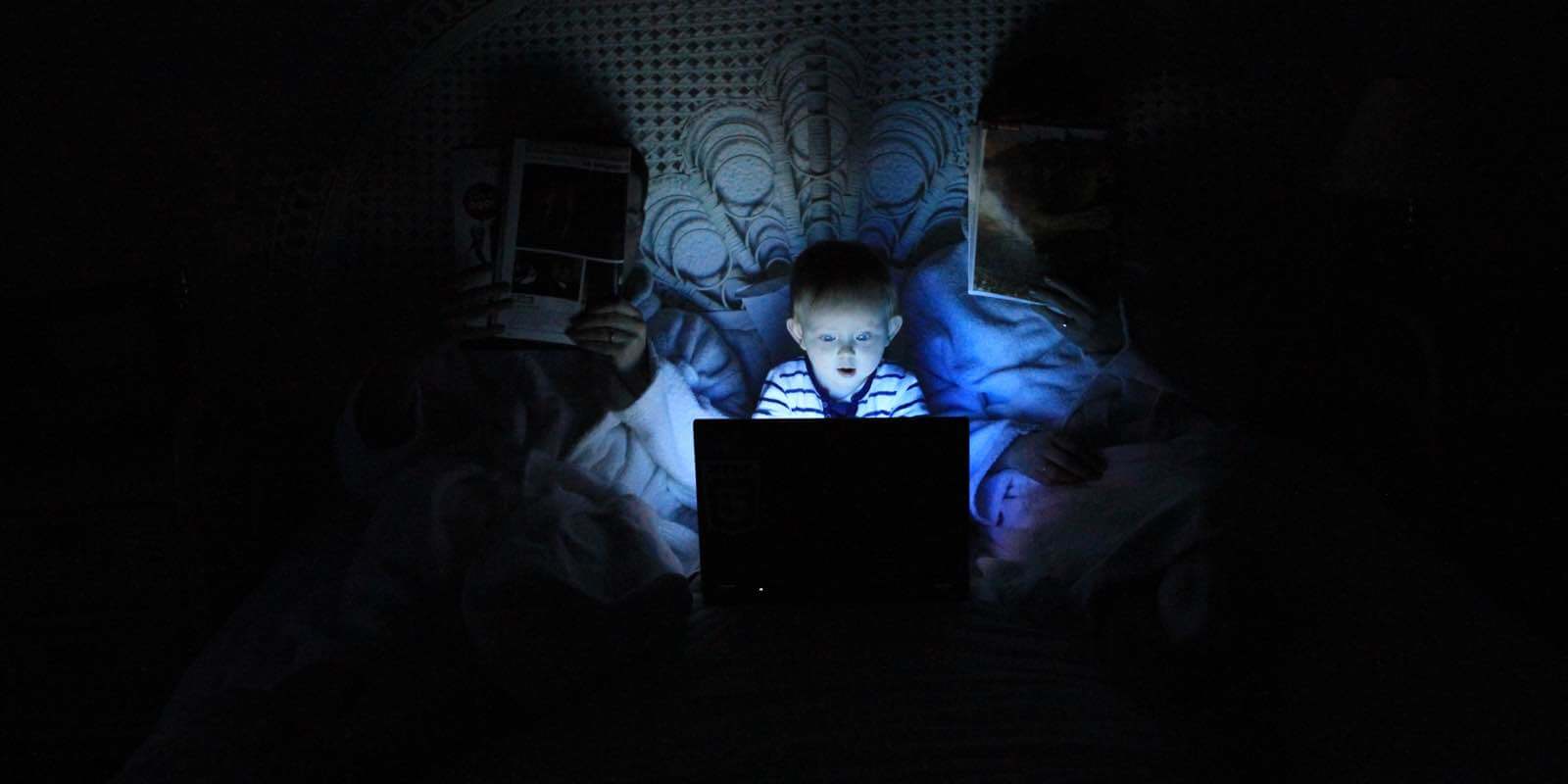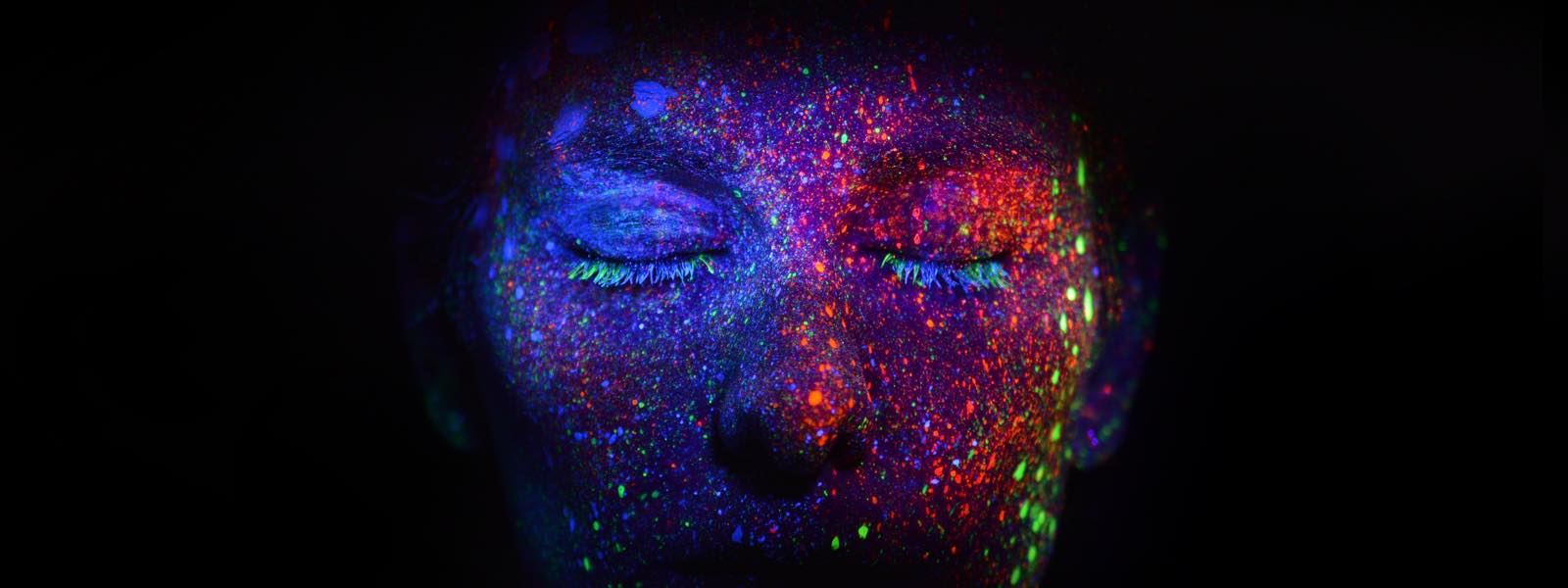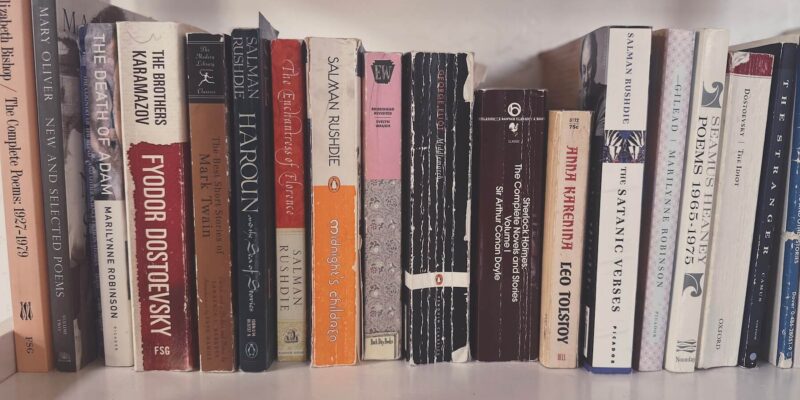Do you sometimes feel stuck in sadness? Like your mood has sunk and you just can’t seem to improve it? If so, you’re not alone.
Even if you’re not struggling with clinical depression, many people experience a form of sadness that seems harder to shake than a normal bout of the blues.
Unfortunately, this stubborn, sticky sadness tends to impact nearly every aspect of our lives. It’s difficult, for example, to stick with an exercise regimen or be fully present with our partner when we feel persistently down.
The best way I’ve found to deal with this dilemma is little technique called Scheduled Sadness.
But before we talk about what this counterintuitive-sounding technique is and how to do it, we need to briefly discuss where this sticky sadness comes from.
How we train our minds to be afraid of sadness
In many cases, the persistent and excessive sadness and low mood described above is the result of a subtle habit we all fall into: Teaching our minds to be afraid of our own emotions.
Most of us grew up in a culture which taught us that negative emotions and moods were bad and something to be gotten rid of as soon as possible:
- Feeling sad? Just look on the bright side!
- Worried and anxious? Don’t worry, it’ll be fine!
- Angry and frustrated? Go to your room!
Although well-intentioned, invalidating statements like this teach a dangerous lesson: Because something feels bad, it is bad and should be eliminated as soon as possible. And while this makes sense intuitively—when I see my daughter crying, I instantly want her to feel better—logically, it’s nonsense.
Just because our emotions feel bad doesn’t mean they are bad. When you accidentally touch a hot pan, you feel a sudden surge of pain on your fingers and quickly pull back your hand. Touching something hot certainly feels bad, but the pain we feel when we touch the stove is actually a good thing that helps us avoid a more serious burn.
Emotional pain works the same way. Negative feelings like sadness or fear certainly don’t feel good—and sometimes they’re downright painful. But to assume that they’re bad or dangerous because they’re painful is to fall into the logical trap of shooting the messenger.
Just because something feels bad doesn’t mean it is bad.
Still, a lifetime of responding to painful emotions with some version of a fight or flight response (run away or attack) has trained our minds to interpret negative feelings as dangers:
- We worry as a way to “fix” our fear or feel more in control.
- We ruminate on past mistakes to distract from the helplessness of loss or grief.
- We drink or gamble or overeat to escape from feelings of inferiority or anxiety.
If we habitually fight or run away from our negative feelings, we’re training our minds to view them as dangerous. Which means that every time we experience a negative emotion, we get hit with a double dose of negativity: I feel sad and I feel like something’s wrong because I feel sad.
It’s that second layer of negative emotion that’s at the heart of sticky sadness. Feeling sad is tough enough. But because of our culturally-engineered unwillingness to feel sad, we end up feeling ashamed, guilty or sad about feeling sad.
Cue the vicious cycles…
You don’t need less sadness. You need a better relationship with sadness.
One of the most counterintuitive but effective ways to break the cycle of persistent sadness is to stop running away from it and trying to “fix” it. And instead, deliberately make time to approach it and even welcome it.
This works because it teaches our minds that even though an emotion like sadness feels bad, it isn’t itself a bad or dangerous thing. After all, you wouldn’t deliberately approach or welcome something that was literally dangerous.
And when our brains really start to believe this idea—that sadness isn’t bad—we stop adding secondary layers of negative emotion on top of our sadness. This allows our initial sadness to alleviate on its own.
The best way to feel less sad is to welcome it into your life.
Of course, the concept of “welcoming your sadness” is a little vague for my taste, even if the psychological mechanics behind it are solid. So to make it more applicable and concrete, I developed a little technique for systematically approaching sadness and developing a healthier relationship with it. It’s called Scheduled Sadness.
While I use this technique with my clients in my professional work as a psychologist, I also use it myself in my personal life. Because even though I know intellectually that avoiding sadness and difficult emotions only makes them worse in the long run, it’s the habit of being willing to approach them and experience them that really counts. And this is something even a working therapist needs to practice.
If you often struggle with sticky sadness or any form of persistently low mood, this technique may be helpful.
How to Do Scheduled Sadness
In its simplest form, Scheduled Sadness simply means scheduling a regular time to intentionally reflect on and be with your sadness. Feel free to adapt this in any way that fits your life and circumstances.
That being said, here’s the program I most often recommend and follow myself:
- Schedule a consistent time. It’s important that you find a time during the day that you can stick with consistently. Scheduled sadness is about learning, and most forms of learning, it won’t work if you just do it occasionally. It needs to be a regular habit and practice to be effective. Most people find first thing in the morning or early in the evening to be the best.
- Start with 10 minutes. Typically, 10 minutes is a good length of time to start with, although feel free to adjust this as needed.
- Write down the things you’re sad about. While Scheduled Sadness doesn’t have to be a written exercise, I find that this is best when you’re first starting out. Simply take out a notepad or journal and write down the things you’re sad about. Try to focus on the feeling and emotion of sadness in addition to the logistics of what happened related to the sadness. Try not to edit or judge what you’re writing—just write. The goal is to describe your sadness and observe it, not to analyze it, fix it, or even understand it.
- Keep a record of your scheduled sadness. Or not. Some people like a running record of their thoughts on their sadness, similar to a diary or journal. But this isn’t required. When I do this exercise, I throw away the paper after my time is up. The important part is simply to reflect on your sadness deliberately.
- Don’t overthink it. You don’t need to analyze or do anything with the contents of your scheduled sadness. And there’s no good or bad scheduled sadness. Just be willing to reflect on and express your sadness for 5 or 10 minutes, then move on.
Summary and Key Points
Most unhealthy or excessive bouts of sadness are the paradoxical result of trying to escape our sadness and the unwillingness to be with it. By making time to intentionally approach and be with negative feelings like sadness and grief, we train our minds not to be afraid of them. The result is a stronger capacity to observe and tolerate our painful emotions without getting lost in them.
Note: This should not be taken as medical advice. If you struggle with mental health difficulties, always consult your doctor or mental health professional before making any changes.





7 Comments
Add YoursDear Nick
I have always been interested in the workings of the human mind,so delightfully happy I found your information.
I am very interested in mindfulness and your scheduled sadness has been very beneficial to me with regard to putting the welcome mat out for a particular emotion.
Also the fact you mention o good or bad feeling Just Be, really resonated with me.
Nick,a Thousand Thank Yous would not be enough.
Best Wishes to you and your family
Rita
I am so amazed at how your articles always pin out exactly what a person could fear and avoid. As you mentioned it is very true we are told that we should eliminate anything that is negative and we must constantly feel joy and happiness.
As if there is something wrong with us if we don’t feel happy.
I also felt that things were completely broken with me if I was not feeling happy at all times. This article was another wake-up call with my struggle. Thank you Nick you are so amazing!
Thank you for this post! Is there any evidence for or against scheduled reflection being helpful with other negative emotions? I imagine scheduled reflection might be helpful with children too, eg taking time to preemptively draw how they feel. But do you know of any studies or other references to how it’s been implemented successfully?
Hi Nick,
Thanks for all your articles, always interesting. I particularly appreciated the one on scheduled sadness, and have started experiencing it. I reckon it helps a lot as setting a limited temporal frame for indulging in sadness, and therefore helping getting rid of it the rest of the time. So far it works!
Thanks and regards,
This is seriously mind blowing. I never thought about this before. Just like most people, I was fearful of the sadness and tried to do everything in my power to distract myself from that feeling. I will try implementing this now. Thank you! 🙂
I am delighted to find you! It’s just what I need at this time. A great map to move forward. Perfectly stated. Best wishes! Pam
I have never had fear of crying. If I need to cry I do wherever I happen to be.
I’m also an empath, so if someone that I’m talking to (a friend, family member, stranger, etc.) is describing what has happened to them (such as loss of another human, and especially an animal – something that makes them cry, I will also cry – as loving empathy for them. Crying to me is a relief. I don’t keep it inside.
Unfortunately, due to the “lovely” pandemic last year, I have become more depressed than I’ve ever been in the past, and it is still lingering.
My point is that I have never cooped up crying. It really is a relief for me and removes the burden of whatever I am feeling that causes my sadness.